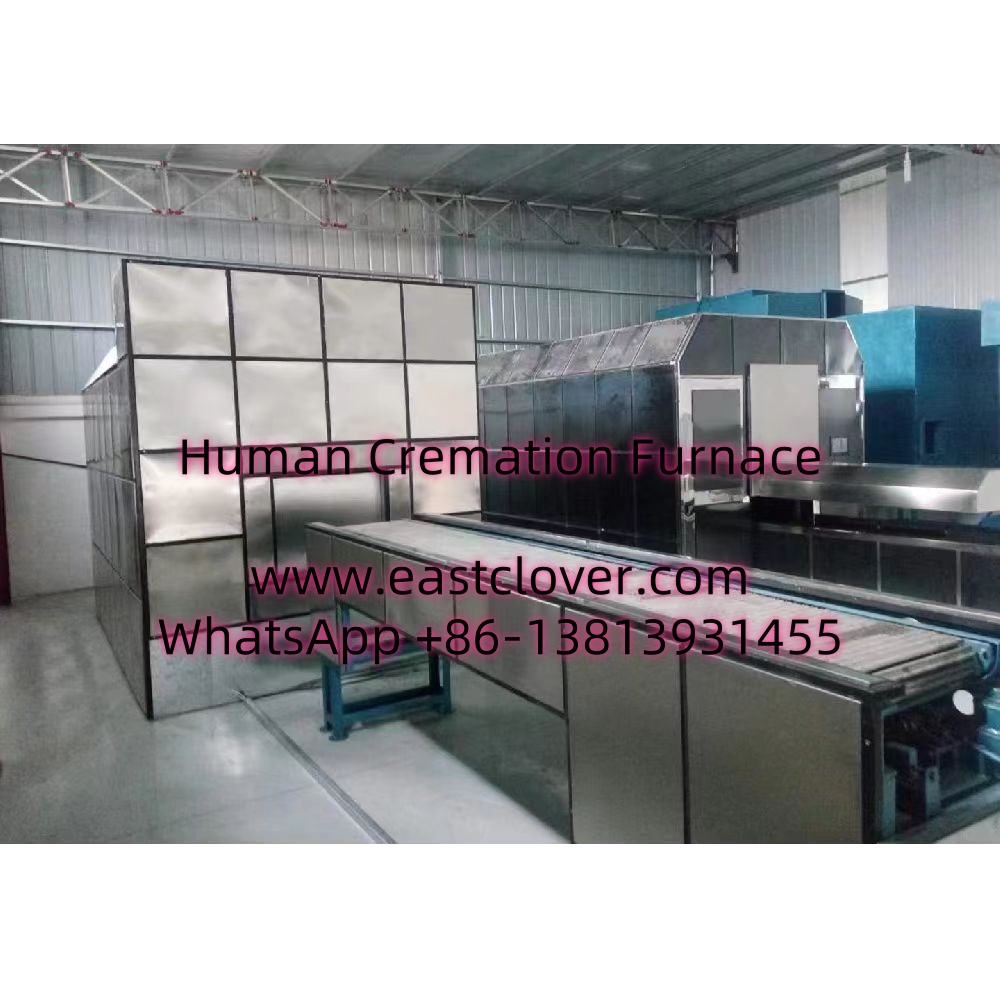Introduction
The funeral industry is undergoing a quiet but profound transformation as sustainability becomes a global priority. Traditional cremation, while widely practiced, has long been criticized for its environmental impact, including significant carbon emissions and mercury pollution. In response, eco-friendly cremation furnaces have emerged as a groundbreaking solution, offering a greener alternative that aligns with modern environmental values. This news explores how these innovative technologies work, their benefits, and their role in reshaping end-of-life practices.
What Are Eco-Friendly Cremation Furnaces?
Eco-friendly cremation furnaces, also known as green cremators, are advanced systems designed to minimize environmental harm during the cremation process. Unlike traditional cremation, which relies on fossil fuels like natural gas or propane, these furnaces incorporate energy-efficient technologies, renewable energy sources, and advanced filtration systems to reduce emissions and resource consumption.
Key Features of Eco-Friendly Cremation Furnaces
- Reduced Emissions: Advanced filters capture particulate matter, mercury (from dental amalgams), and other pollutants before they enter the atmosphere.
- Energy Efficiency: Optimized combustion processes and heat recovery systems lower energy use by up to 50% compared to conventional models.
- Renewable Energy Integration: Some models use solar power, biofuels, or electricity from renewable sources to further reduce their carbon footprint.
- Waterless Technology: Certain systems eliminate water usage in gas scrubbing, conserving resources.
Environmental Benefits of Green Cremation
Traditional cremation releases approximately 400 kg of CO2 per body and is a significant source of mercury emissions. Eco-friendly furnaces address these issues through:
- Lower Carbon Footprint: By using renewable energy and improving efficiency, emissions can be reduced by 30–60%.
- Mercury Capture: Activated carbon filters and electrostatic precipitators trap up to 99% of mercury vapor.
- Reduced Air Pollution: Multi-stage filtration systems remove harmful particulates and gases like nitrogen oxides.
- Resource Conservation: Energy recovery systems repurpose heat for facility heating or electricity generation.
How Eco-Friendly Cremation Is Changing the Funeral Industry
1. Meeting Consumer Demand for Sustainability
As eco-consciousness grows, families increasingly seek environmentally responsible end-of-life options. Funeral homes adopting green cremation technologies are attracting clients who prioritize sustainability, creating a competitive edge.
2. Regulatory Compliance and Incentives
Governments worldwide are tightening emissions standards for crematories. Eco-friendly furnaces help operators comply with regulations while qualifying for green energy tax credits or grants in some regions.
3. Technological Innovation
Companies are investing in R&D to improve furnace efficiency and integrate smart technologies. For example, IoT-enabled systems now optimize combustion in real time, reducing fuel use and emissions.
4. Expanding Service Offerings
Funeral providers are pairing green cremation with other sustainable practices, such as biodegradable urns or tree-planting memorials, to create holistic eco-friendly packages.
www.southclover.com
Eco-friendly cremation furnaces represent a critical step toward sustainable end-of-life care. By drastically reducing emissions, conserving resources, and aligning with evolving consumer values, they are redefining the funeral industry’s environmental footprint. As technology advances and awareness grows, these systems will likely become the standard, proving that even in death, humanity can prioritize the planet’s well-being.
FAQs
- Are eco-friendly cremation furnaces more expensive than traditional ones?
- Initial costs are higher due to advanced technology, but lower energy use and maintenance expenses often make them cost-effective over time.
- How do these furnaces reduce mercury emissions?
- Specialized filters, such as activated carbon beds and electrostatic precipitators, capture mercury vapor released during cremation.
- Is green cremation available worldwide?
- Adoption varies by region, but demand is growing in North America, Europe, and parts of Asia. Check with local funeral homes for availability.
- What happens to the filtered pollutants?
- Captured mercury and particulates are safely disposed of or recycled by licensed hazardous waste facilities.
- Are there alternatives to cremation that are even greener?
- Yes. Options like alkaline hydrolysis (water cremation) and natural organic reduction (human composting) have smaller environmental footprints but face regulatory hurdles in some areas.

Comments are closed